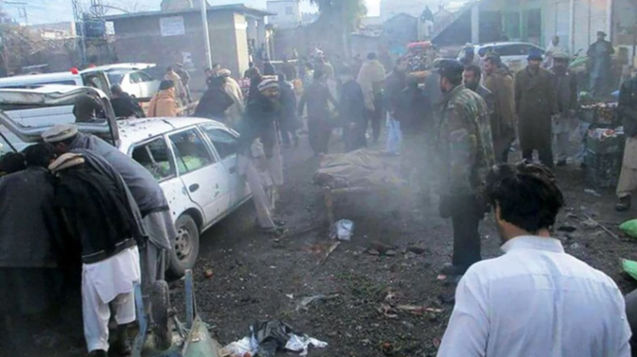Situated on the banks of the Vegavathy river, Kanchipuram, the city of temples, has seen the coming and going of the Pallavas, Cholas, later Pandyas, the Vijayanagara dynasty, the Carnatic kingdom, and lastly the British. Historically, the city was once a great centre of religion and education; a ghatikasthanam, which means a place for learning. The city is an important teerthsthal for the Shaivites and Vaishnavites, with many well known Shiva and Vishnu temples located here. Kanchipuram is famous for its hand woven silk sarees, and many people living here are associated with the weaving industry.
Varadharaja
Perumal Temple
Varadharaja Perumal Temple is a Vishnu temple, and one of the Divya Desams, the 108 Vishnu temples visited by the 12 Alwars (poet saints), and is one of the most sacred teerths for the Vaishnavites.
The temple has nearly 350 inscriptions from various dynasties, such as Chodas, Cholas, Pandyas, Cheras, Kakatiyas, Hoysalas, and Vijayanagara dynasty, recording the donations and socio-political situations under the various ruling houses, thus giving us a historical documentation of those times. While some believe that the temple was originally constructed by the Pallavas under the reign of king Nandivarman II; another point of view states that it was built in 1053 CE by the Cholas, and later parts were added by the later Cholas and other dynasties. The main deity was removed from the sanctum owing to fear of a Mughal invasion under Aurangzeb in 1688, and taken to Udayarpalayam; however, it was later restored after various interventions in 1710 Robert Clive had visited this temple and gifted an expensive necklace (Clive Maharkandi), which is still used during special occasions. The temple has three outer prakarams or walled areas, known as Azhwar Prakaram, Madai Palli Prakaram, and Thiru Malai Prakaram. Within the enclosed areas there are in all total 32 shrines, 19 vimanams, 389 pillared halls, and many sacred tanks some of which are even located outside. The beautiful temple tank within the core area is known as Anantha Theertham. The main sanctum is west facing, and is entered through a 130 feet tall, 7-tiered gateway tower or rajagopuram. Among the architectural marvels of this temple are the huge monolithic stone chains of the 14th-15th century. A 100 pillared hall within the temple premises is another famous architectural masterpiece built by the Vijaynagara dynasty, which has fantastic sculptures carved on pillars depicting many stories mainly from our epics. Interestingly this temple has the sculpture of lizards carved on the parapet, and as per the story associated with it; Indra deva after being released from a curse given to him by Devi Saraswati had installed the images of silver and golden lizards that had witnessed his sufferings and release. The temple is associated with various other Puranic stories of Brahma, Saraswati, and Vishnu.
For heritage enthusiasts the best time to visit this temple is during December to January, when the weather is cooler. Also important to note are the temple timings, wherein all temples remain closed from 12 pm to 4pm.






